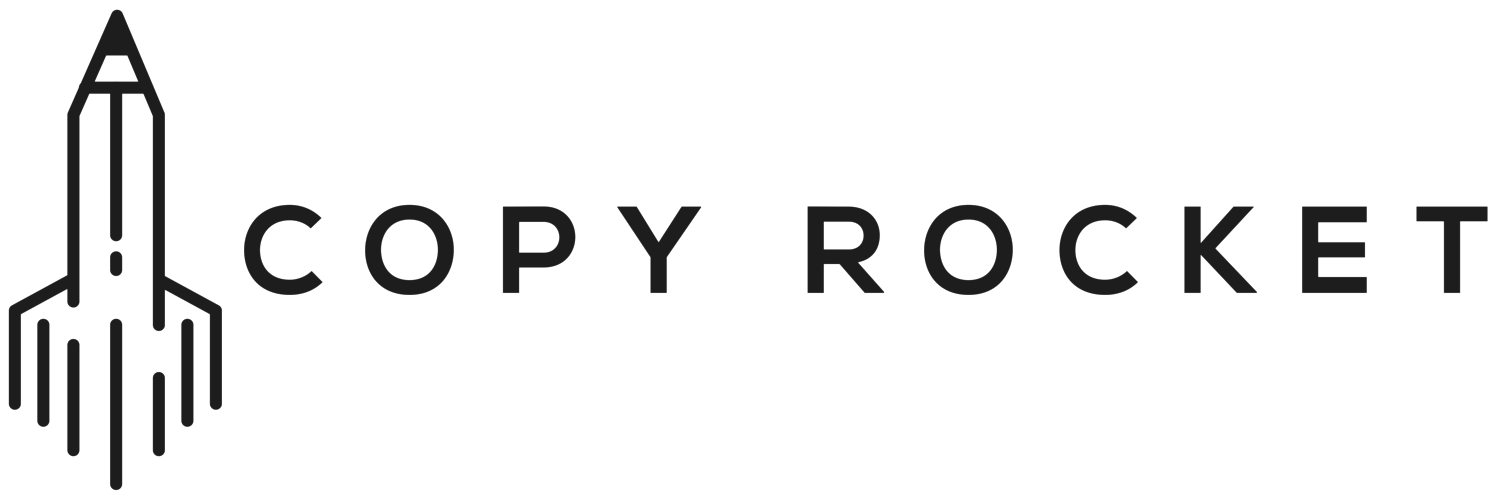How to Write Bold a Mission Statement
I’m not a Trekkie.
But I can’t find a much more inspiring mission statement than the one from Star Trek:
Space: the final frontier. These are the voyages of the starship Enterprise. Its five-year mission: to explore strange new worlds. To seek out new life and new civilizations. To boldly go where no man has gone before.
What Is a Mission Statement?
A mission statement answers the question, “What do we do every day.” As opposed to a vision statement which focuses on the future, a mission statement focuses on the present and the goals a company is on a mission to reach.
Look closely at Star Trek’s. The goals couldn’t be any clearer:
Explore strange new worlds.
Seek out new life and new civilizations.
Boldly go where no man has gone before.
Why Mission Statements Matter.
With a clearly defined mission statement, employees at every level of an organization have a GPS that guides actions and decision-making.
To see the difference between good and bad mission statements, check out this real mission statement from a real energy company:
Our Mission is to provide quality products and services which consistently meet our customers’ expectations; to be responsible stewards with respect to the safety and environmental impact of our operations and products; and to earn superior returns for our shareholders.
What’s wrong with this mission statement? Pretty much everything:
Providing “quality products and services” is table stakes. Consumers already expect quality from any company.
The company sets the bar incredibly low with, “Meet our customers’ expectations.” Again, table stakes. Couldn’t they at least aim to exceed expectations?
It’s boring. How many employees do you think know the mission statement by heart? If they don’t know they company’s mission, the company’s not on one.
Think about Start Trek’s mission aligning with the energy company’s statement:
Our five-year mission is to deliver quality space exploration that meets the needs of the people on Earth, to do so in a safe manner, and to earn money.
Would employees of the Enterprise be motivated every day to go to work? Would they have a litmus test for their decision-making process: We could land on this planet, but is it safe? I’m not sure we should. Would they feel like they had a purpose to accomplish each and every day?
How to Create a Bold Mission Statement
Get inspired. Look at mission statements from great brands. For example, TED’s mission is simply, “Spread ideas.” With two words, everyone in the organization knows their purpose every day. If what they’re doing isn’t helping to spread ideas, they shouldn’t be doing it.
Define what you do. What change is your company trying to bring about in the world? What do we do every day to help bring about this change? What are the stakes if your company doesn’t accomplish its mission? Google’s mission is, “To organize the world’s information and make it universally accessible and useful.” It defines the change they’re trying to make (make information universally accessible and useful). It defines what they do every day (organize the world’s information). It implies the stakes (if we don’t do this, the world’s information won’t be organized).
Keep it short and memorable. Mission statements aren’t meant for plaques hanging in the reception area of to be buried in employee handbooks. They should breathe life into your company, and every employee should know it by heart. For example, Life is Good’s mission statement is, "To spread the power of optimism." Short. Simple. Memorable.
Your mission statement can have profound power to motivate your employees and help them to understand their purpose at work. This type of alignment improves performance which, ultimately, leads to success.
Need help crafting a mission statement? Contact the pros at Copy Rocket today.
Photo by Stefan Cosma on Unsplash
